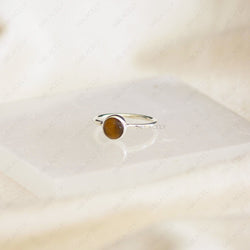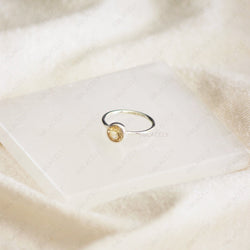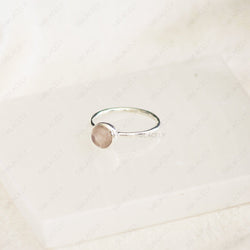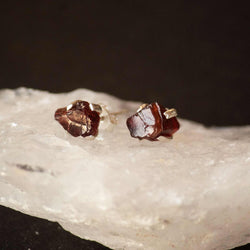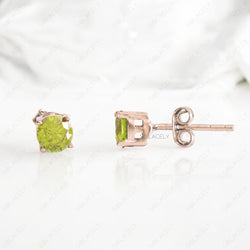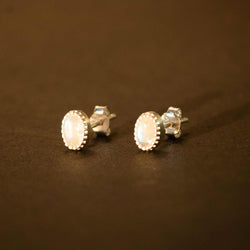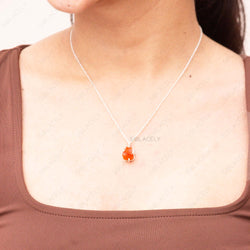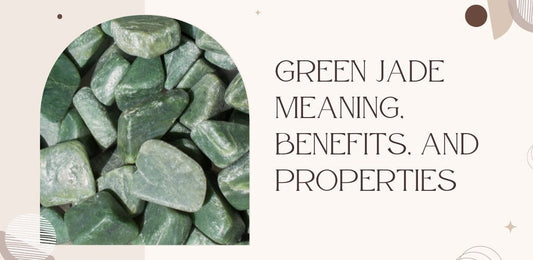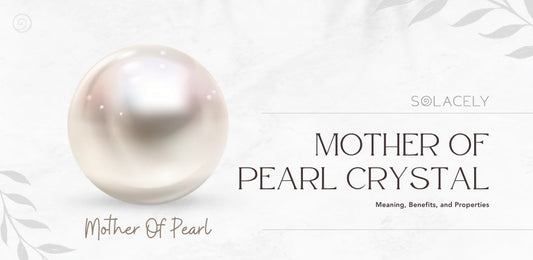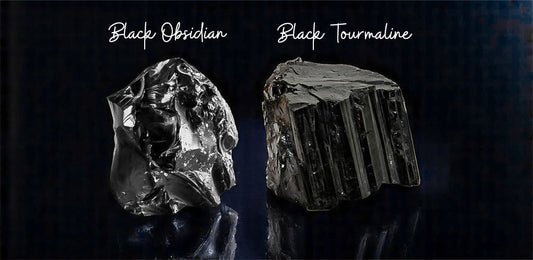Sterling silver has been a cherished material for centuries, known for its beauty, durability, and versatility. Among the various types of silver, 925 sterling silver is particularly popular. This comprehensive guide will delve into what 925 sterling silver is, its history, characteristics, uses, and how to care for it.
Understanding 925 Sterling Silver
Sterling silver is an alloy made of 92.5% pure silver and 7.5% other metals, typically copper. The term "925" refers to the purity of the silver used in the alloy, indicating that it contains 925 parts of silver per 1,000 parts. The addition of other metals, primarily copper, enhances the strength and durability of the alloy while retaining the aesthetic qualities of pure silver.
The History of Sterling Silver
The use of silver dates back thousands of years, with ancient civilizations valuing it for its beauty and utility. However, the specific standard of sterling silver, consisting of 92.5% silver, originated in Europe during the 12th century. The term "sterling" is believed to have derived from the Old English word "steorling," meaning "little star," a reference to the star emblem stamped on Norman coins.
Sterling silver became the standard for coinage in England under the reign of Henry II, and its use expanded into jewelry, tableware, and other decorative items. The British government established stringent standards for silver purity, and the hallmarking system was introduced to certify the authenticity and quality of sterling silver items.
How is Sterling Silver Different from Fine Silver?
Fine silver is the purest form of silver at 99.9%. Fine silver is a very soft metal. Because of this, it isn't used to make jewelry or other household items as it can be easily damaged and can change form over time.
Characteristics of 925 Sterling Silver
925 sterling silver possesses several key characteristics that make it highly valued in various applications:
- Purity and Composition: As mentioned, 925 sterling silver consists of 92.5% pure silver and 7.5% other metals. This composition strikes a balance between purity and practicality, offering both beauty and strength.
- Durability: The addition of copper or other metals makes sterling silver more durable than pure silver, which is relatively soft and prone to scratching and deformation. This enhanced durability makes it suitable for everyday use in items like jewelry and cutlery.
- Luster and Shine: Sterling silver has a bright, reflective surface that can be polished to a high shine. Its luster is one of its most appealing qualities, making it a popular choice for jewelry and decorative items.
- Tarnish: One drawback of sterling silver is its tendency to tarnish over time. Tarnish is a natural reaction between silver and sulfur-containing substances in the air, resulting in a darkened surface. Regular cleaning and proper care can prevent and remove tarnish.
- Malleability: Sterling silver is relatively malleable, allowing it to be shaped into intricate designs and patterns. This property makes it ideal for crafting detailed jewelry and ornamental pieces.
Uses of 925 Sterling Silver
Due to its desirable properties, 925 sterling silver is used in a wide range of applications, including:
- Jewelry: Sterling silver is a popular choice for rings, necklaces, bracelets, earrings, and other jewelry items. Its combination of beauty and durability makes it suitable for both everyday wear and special occasions.
- Tableware: Sterling silver is commonly used for cutlery, serving pieces, and other tableware. Silverware made from sterling silver is often passed down through generations as heirlooms due to its longevity and timeless appeal.
- Decorative Items: Sterling silver is used to create a variety of decorative objects, including picture frames, candlesticks, vases, and figurines. These items add a touch of elegance and sophistication to any setting.
- Coins and Medals: Sterling silver is used in the minting of coins and commemorative medals. Its historical association with currency underscores its value and prestige.
- Instruments and Tools: Some musical instruments, particularly flutes and other wind instruments, are made from sterling silver. Its acoustic properties and durability make it a preferred material for high-quality instruments.
Sterling Silver Care & Cleaning Instructions
Sterling silver tarnishes when exposed to salty air, chlorine, sulfur, humidity, perspiration, cosmetics, household chemicals. This is unavoidable and has nothing to do with the quality of the jewelry. But with a little bit of care, you can keep your jewelry shining forever!
Prevention
To prevent your silver jewelry from tarnishing as much as possible, we recommend that you DO NOT wear your jewelry when engaging in the following activities:
- Household and outdoor chores - cooking, cleaning (house, car, toilet, clothes, dishes).
- Showering, bathing, or swimming in pools, hot tubs, hot springs, and the ocean.
- Using skincare (creams, lotions), haircare, cosmetics, perfumes, and hand sanitizers.
- Exercising, playing sports, trekking, etc.
Usage
- When getting ready, ensure that you put on your silver jewelry after you're done with your hair and makeup. Hair sprays, skincare, makeup, cosmetics, and perfumes can react with your silver and speed up the tarnishing process.
- Your silver jewelry should also be the first thing that you take off while changing.
- Wear your silver jewelry often but keep it away from direct sunlight.
- To slow down the tarnishing process, before storing your jewelry make sure that you wipe each piece with a soft and dry cotton cloth to clean grime, sweat, skin oils, etc.
- Ensure that you don't drop your silver jewelry from a height, as it will damage the silver or chip off/crack the natural stones in your jewelry.
Storage
- Ensure that your silver jewelry is absolutely dry when storing.
- The best way to store your silver jewelry is in dry, air-locked plastic pouches in a cool, dry, dark place.
- Always put a silica gel sachet in your silver jewelry bag/box to wick away excess moisture (provided with every order at Zonira).
- You can also store your silver jewelry in boxes lined with anti-tarnish fabric or strips.
- Always store your jewelry separately, in separate pouches to prevent entanglement and eventual damage to the pieces.
Do not store in boxes with cardboard, wool, velvet, stainless steel, and aluminum, or keep near rubber bands - all of these things will speed up the tarnishing process.
Of course, there are times when despite your best efforts, your silver jewelry will get tarnished. This has nothing to do with the quality of the jewelry, or even how you're caring for it. It's just something that happens with time.
Cleaning
If your silver is only slightly tarnished, you can just give it a quick rinse in lukewarm water with a very gentle sulfate and ammonia-free handwash. Before storing, buff it dry completely. Regular cleaning will ensure that the tarnish doesn't build up.
But if your silver jewelry is quite tarnished, you can use a professional silver cleaning/polishing cloth to rub off the tarnish. The cloth is treated with cleaning chemicals and not only will the cloth last a long time; it will give you an amazing shine each and every time. Rub gently in a lengthwise motion. At Zonira, every order comes with a professional silver cleaning cloth absolutely free!
Remember, the key to keeping your sterling silver jewelry shining is to clean it regularly so as to remove the tarnish as it builds. Your job becomes much more difficult if you let a piece accumulate a lot of tarnish and then try to remove it all at once.
925 sterling silver is a timeless and versatile material prized for its beauty, durability, and wide range of applications. Understanding its composition, characteristics, and uses can help you appreciate the value of sterling silver items and care for them properly. By following the tips outlined in this guide, you can maintain the luster and longevity of your sterling silver, ensuring that it remains a cherished part of your collection for years to come. Whether you're a collector, jewelry enthusiast, or simply someone who appreciates fine craftsmanship, 925 sterling silver offers a blend of elegance and practicality that is hard to match.





